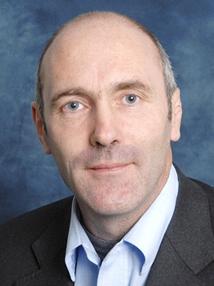BibTex format
@article{Thomson:2022:10.1016/j.eclinm.2022.101642,
author = {Thomson, T and Prendecki, M and Gleeson, S and Martin, P and Spensley, K and De, Aguiar RC and Sandhu, B and Seneschall, C and Gan, J and Clarke, CL and Lewis, S and Pickard, G and Thomas, D and McAdoo, SP and Lightstone, L and Cox, A and Kelleher, P and Willicombe, M},
doi = {10.1016/j.eclinm.2022.101642},
journal = {eClinicalMedicine},
pages = {1--9},
title = {Immune responses following 3rd and 4th doses of heterologous and homologous COVID-19 vaccines in kidney transplant recipients},
url = {http://dx.doi.org/10.1016/j.eclinm.2022.101642},
volume = {53},
year = {2022}
}

